1 Landscapes of Rural California
-
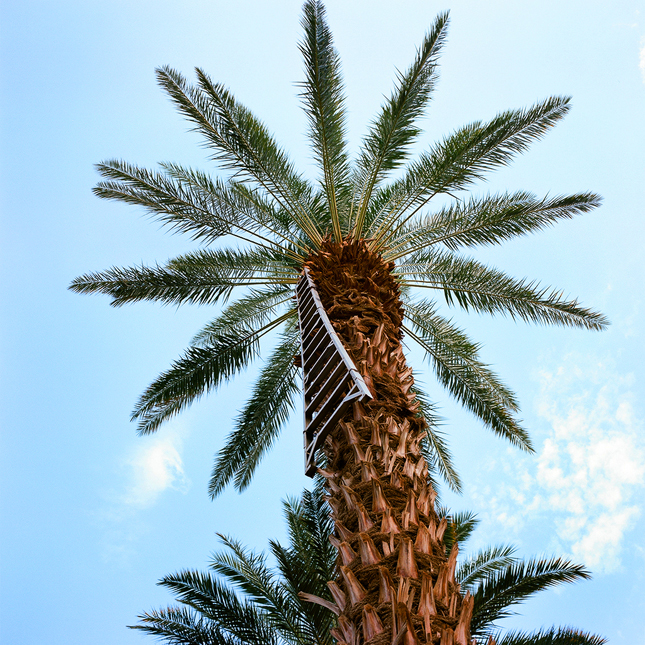
Date palm with harvest ladder. Thermal, Riverside County.
-
In 2011, I traveled nearly ten thousand miles around California—Surprise Valley to Lost Hills, Freshwater to the Salton Sea.
As I looked and listened, I began to read a deeper narrative in the land’s natural elements: how trees reveal histories of abundance and of neglect; how a river seems to relax a place, the flora not worried for water. Over time, I also started seeing how those landscapes shape us.
A woman I met near Mount Shasta explained that before Europeans arrived, California had roughly five hundred distinct tribes of native people, and one hundred distinct languages. The reason for such diversity is that the land was so rich. People didn’t need to migrate the way Plains tribes did; instead, they stayed in place and built individual cultures in response to the land around them. Because the environment was so varied, often neighbors spoke entirely different languages—the words a reflection of their unique relationship to their particular place.
Even as modernity has homogenized so much of our culture, that endemic diversity endures in rural parts of California. There are the silent ranchlands of the Diablo Range; the lush dairy pastures along the Eel River; the Salinas Valley, carpeted from wall to wall with green leaves of lettuce, strawberries, broccoli. And each distinct biota has grown its own community of people: Farm towns lit by the glow of Highway 99. Dusty desert villages where life takes place in the shade of date palms. And of course scores of places whose industries have faded, leaving skeletal communities known only to the people who comprise them—Willow Ranch, Annette, Ordbend. Entering any of these places, it is evident that to truly know rural California, one must first confront and admire the land that makes it what it is.
-
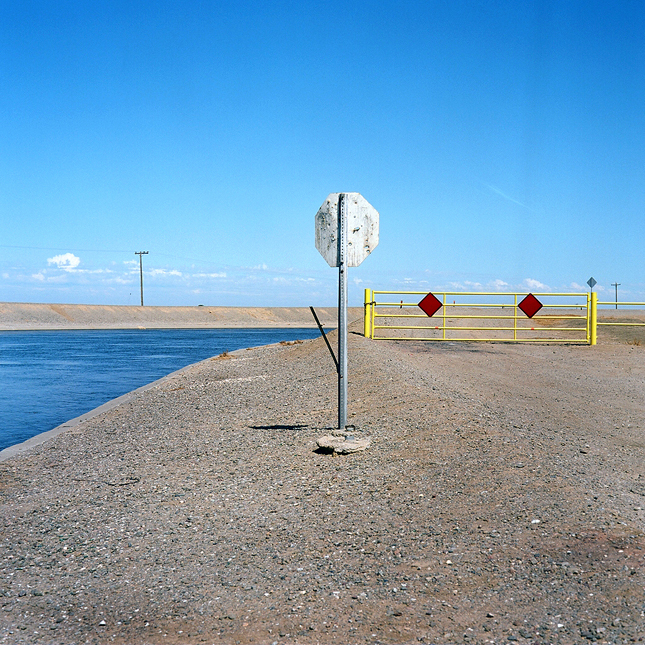
California Aqueduct. Fresno County.
-
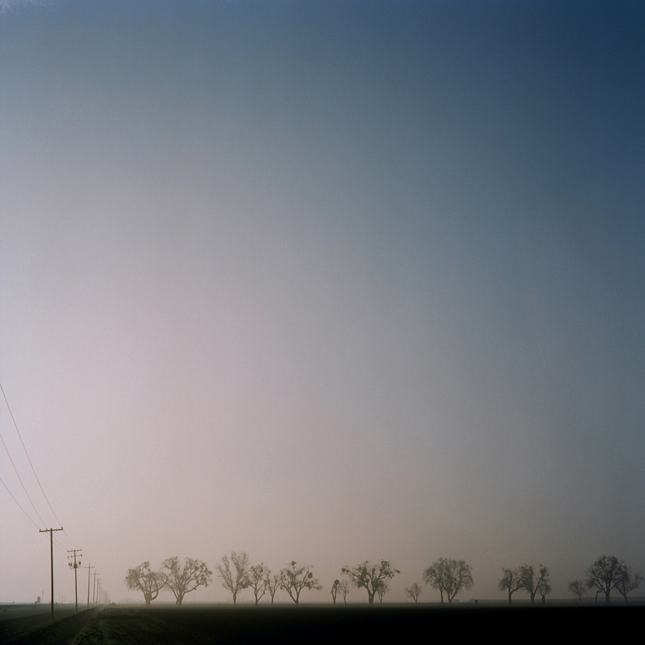
Morning fog. Stanislaus County.
-
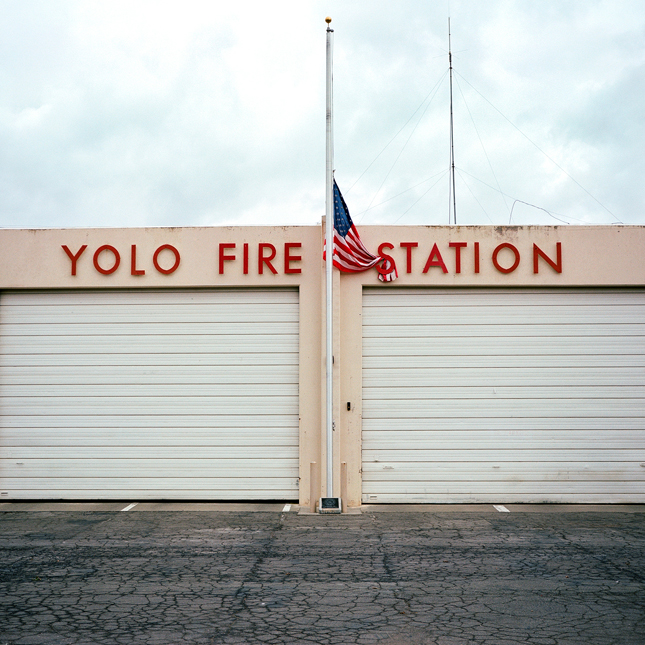
Fire station. Yolo, Yolo County.
-
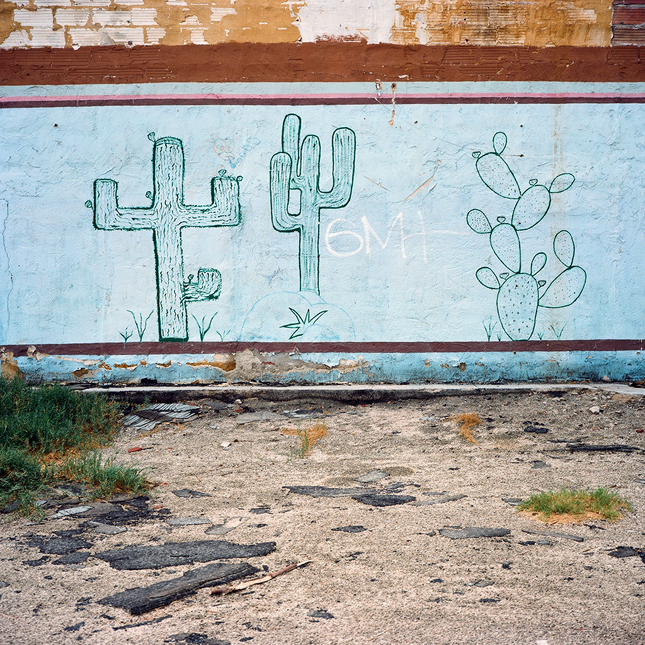
Graffiti. Thermal, Riverside County.
-
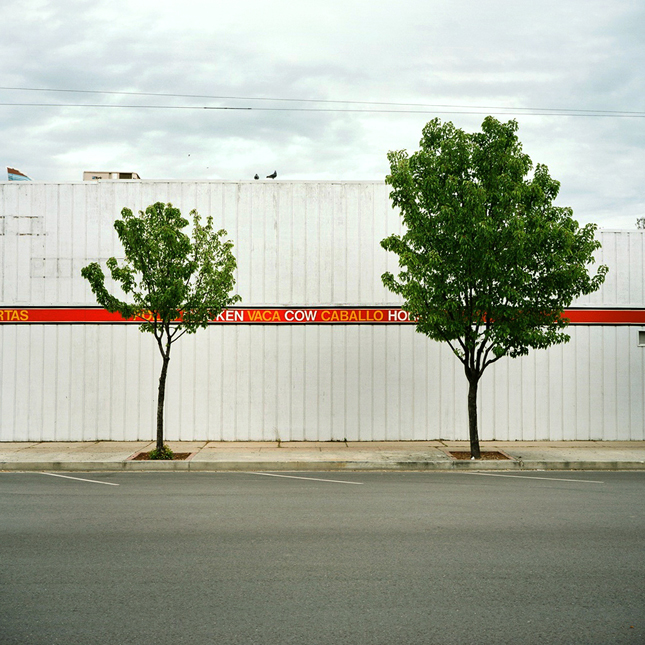
Downtown. Corning, Tehama County.
-
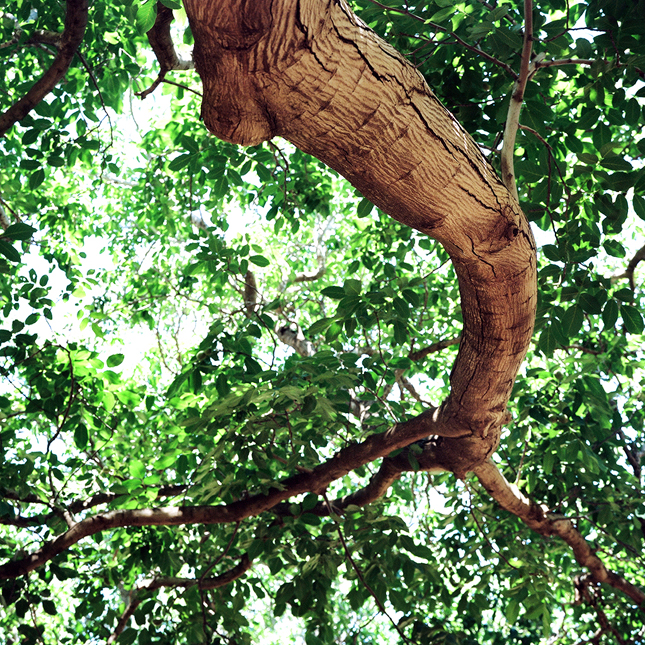
Walnut tree. Vina, Tehama County.
-
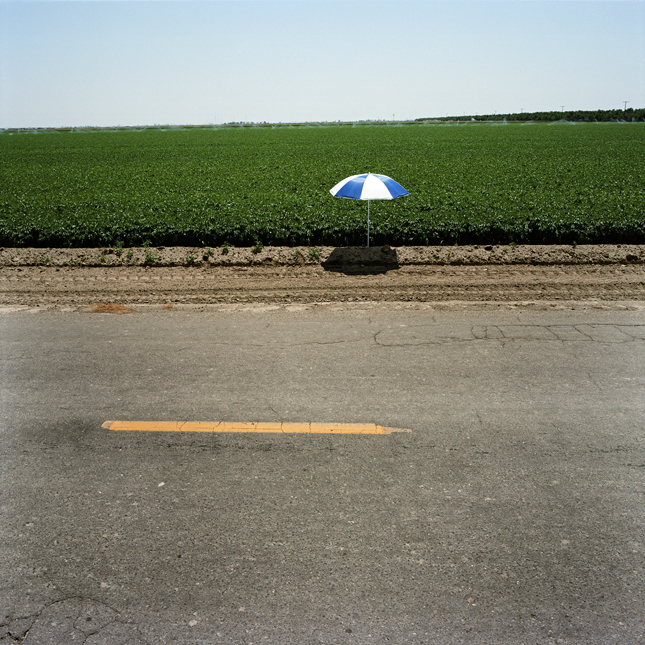
Potato field. Tulare County.
-
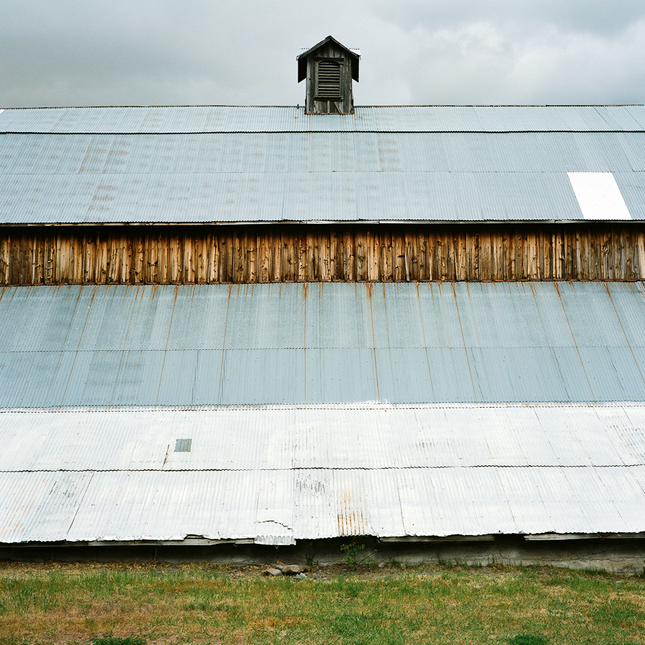
Barn. Lake City, Modoc County.
-
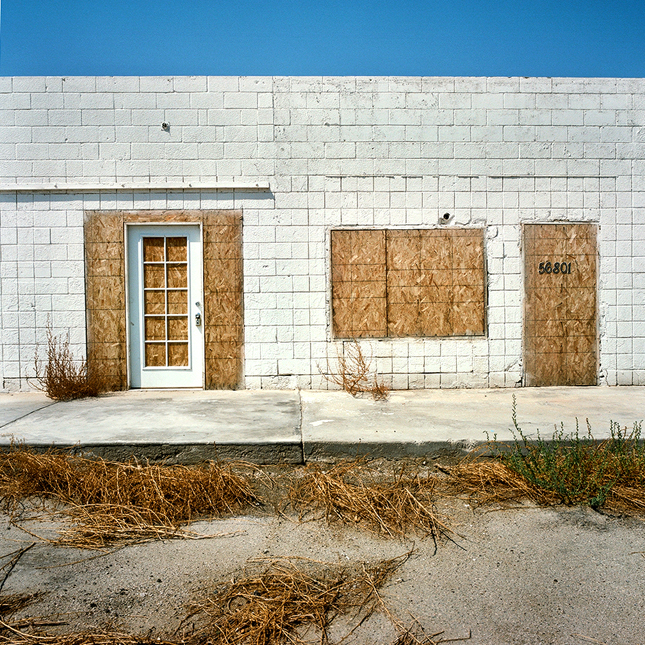
Abandoned building. Coachella, Riverside County.
-
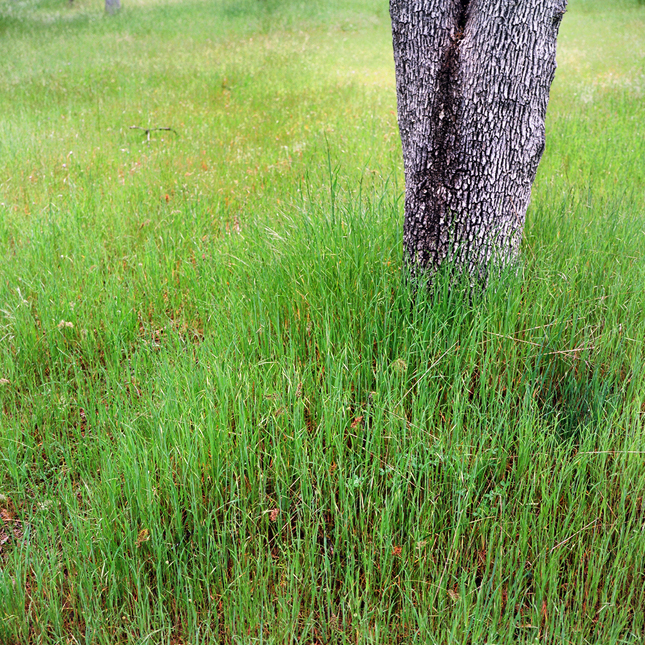
Pasture. Tehama County.
-
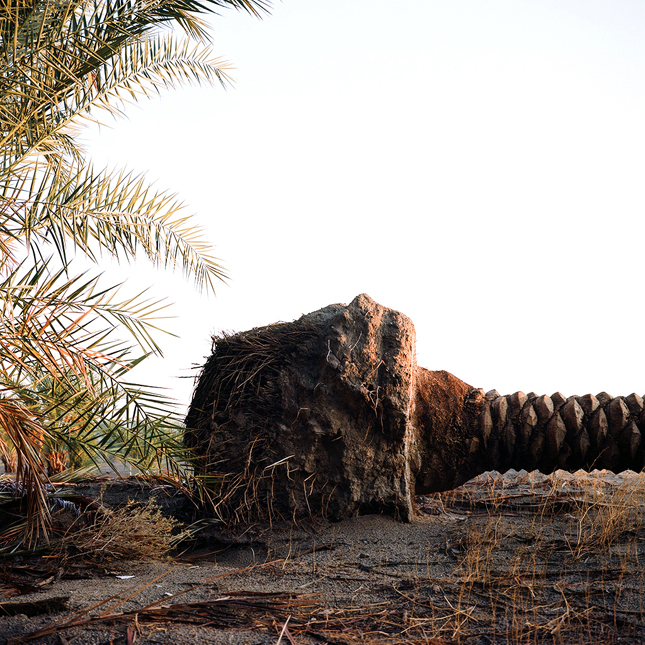
Date palm. Riverside County.
-
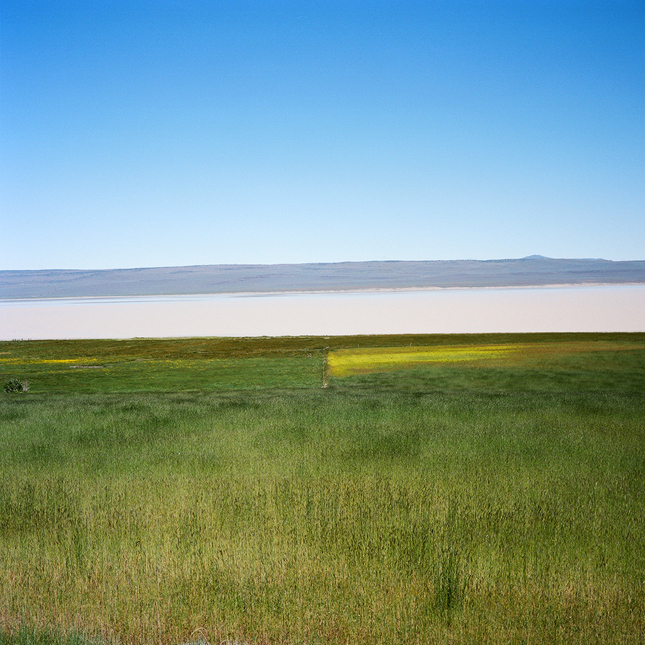
View across pasture to Nevada. Surprise Valley, Modoc County.
-
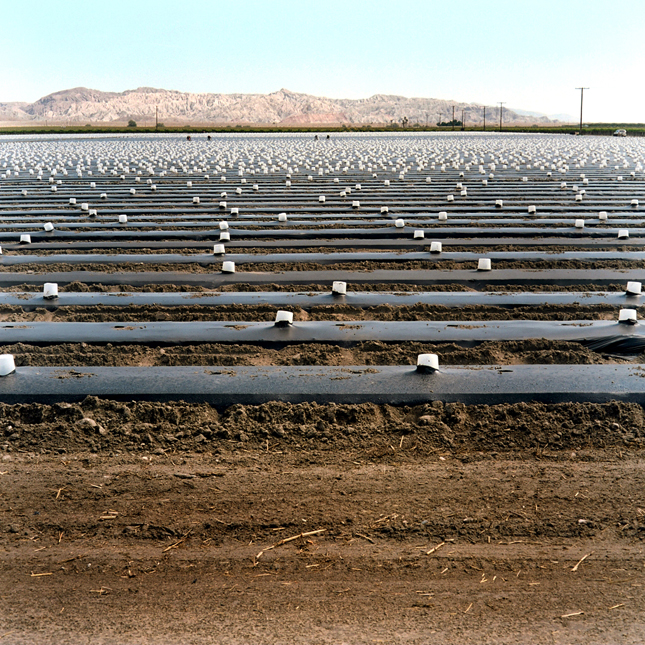
Watermelon plants covered to protect them from frost. Coachella Valley, Riverside County.
-
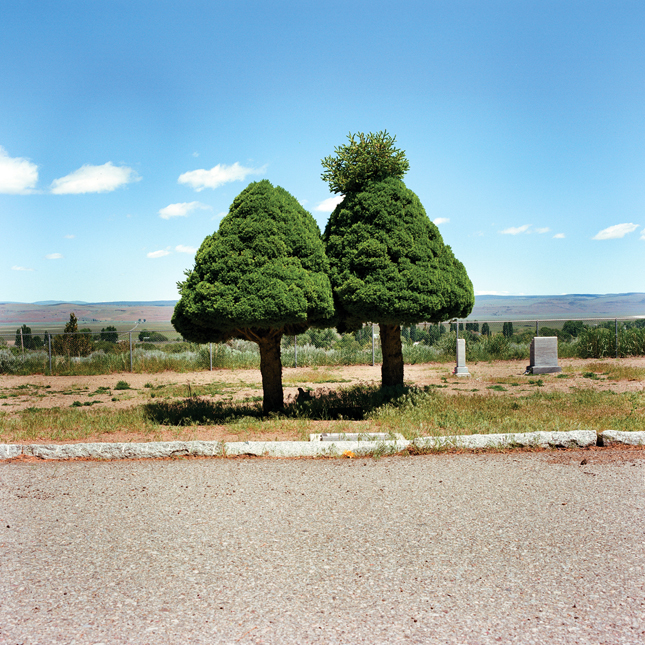
Cemetery. Fort Bidwell, Modoc County.
-
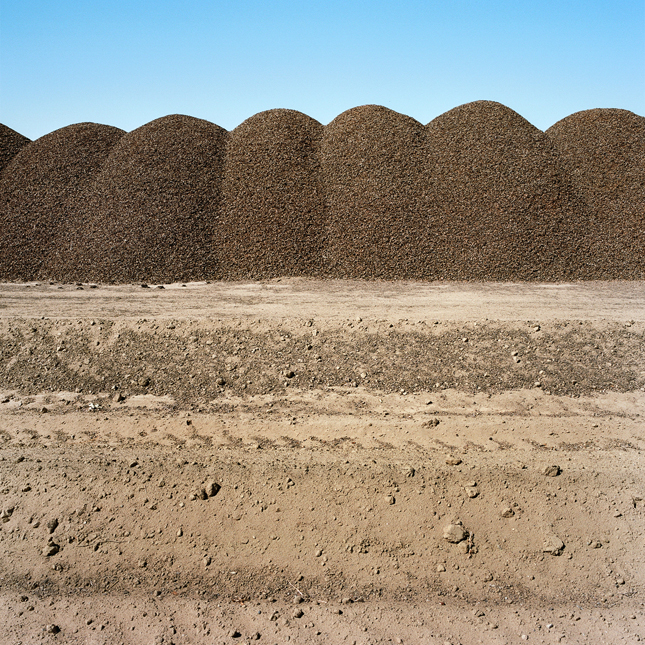
Almond hulls. Lost Hills, Kern County.
-
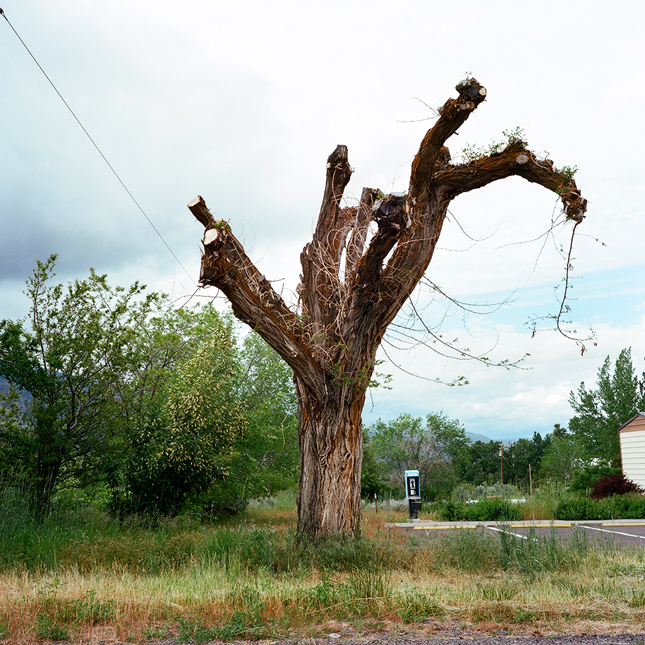
Outside the post office. Lake City, Modoc County.
-
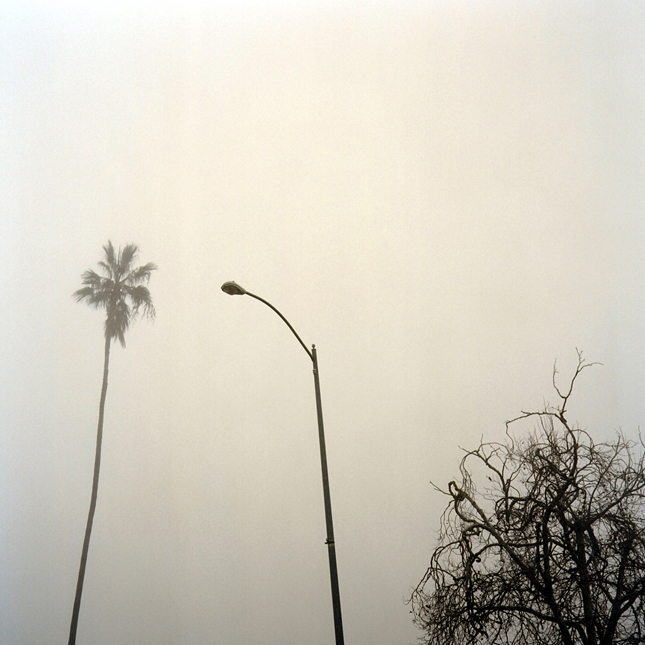
By the railroad tracks. Le Grand, Merced County.
-
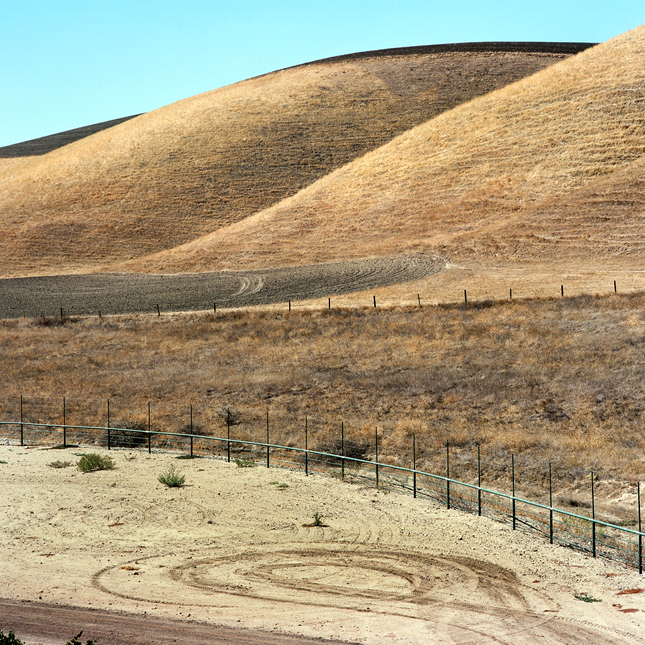
Hills. San Luis Obispo County.
-
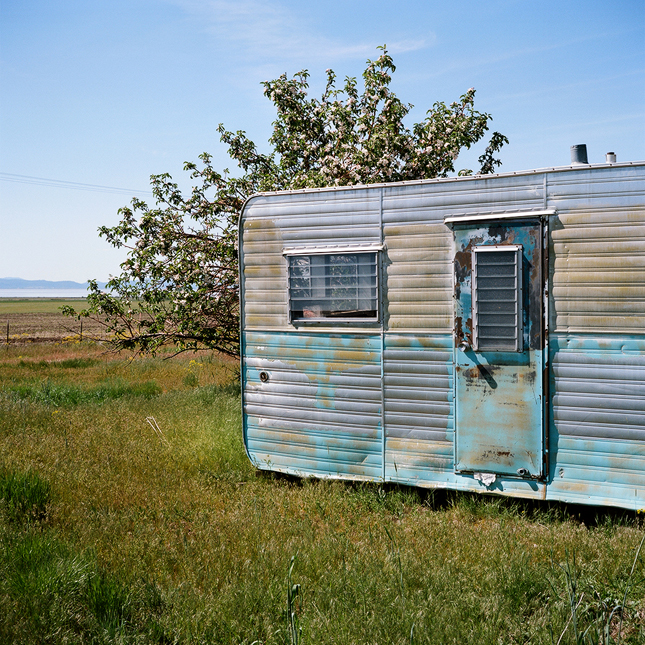
Trailer by Goose Lake. Willow Ranch, Modoc County.
-
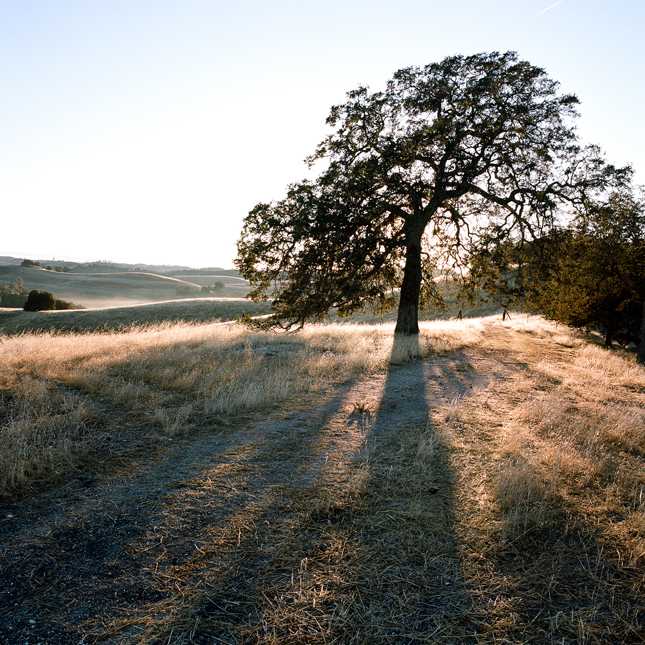
Sunrise at Work Ranch. San Miguel, Monterey County.
- Prev
- Next
- Next Story
